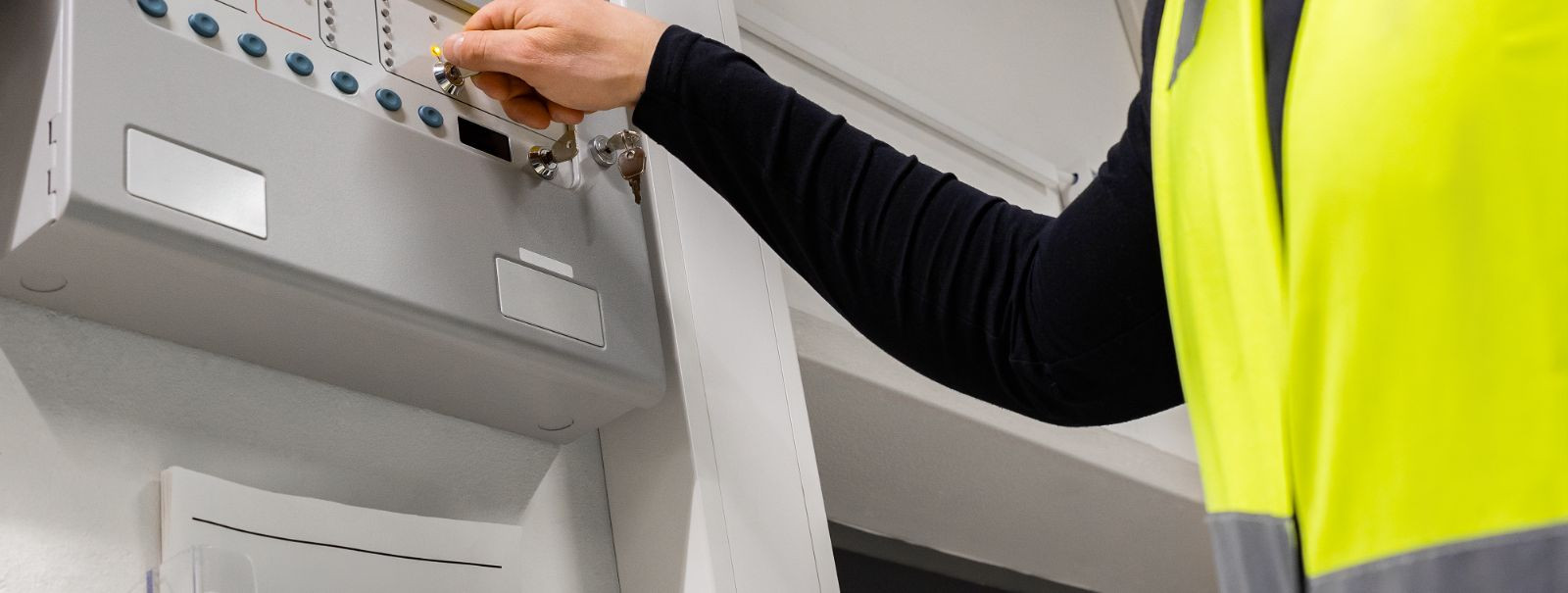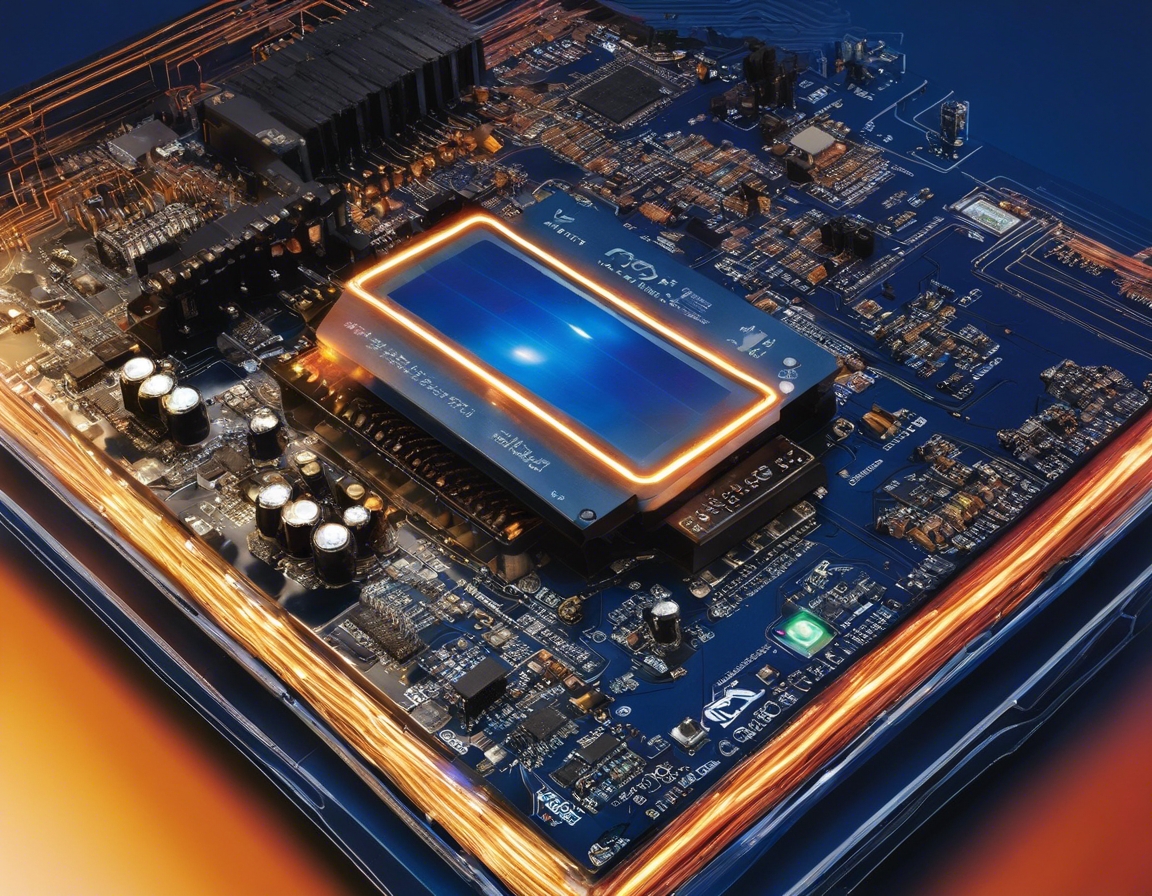5 innovations in fire safety technology to watch in 2023
As we step into 2023, the fire safety industry continues to evolve with groundbreaking technologies designed to save lives, protect property, and enhance emergency response. In this blog post, we will explore five key innovations that are set to redefine fire safety standards and practices.
1. Smart Fire Detection Systems
Artificial intelligence (AI) is revolutionizing fire detection with systems that can analyze data from various sensors to identify potential fire incidents faster and with greater accuracy. These systems can differentiate between false alarms and real threats, ensuring a timely response to actual fires.
Modern sensors go beyond traditional smoke detection by incorporating thermal imaging and gas detection capabilities. These sensors can detect the subtle signs of a fire before it escalates, providing critical early warning.
2. Fire Suppression Advancements
Environmental concerns are driving the development of new fire suppressant agents that are not only effective but also eco-friendly. These agents aim to minimize the ecological impact of fire suppression efforts.
Emerging technologies are harnessing the power of sound waves to extinguish fires without the need for traditional extinguishing agents. This innovative approach offers a clean and residue-free method to combat fires, particularly in sensitive environments.
3. Wireless Fire Safety Solutions
The adoption of wireless technology in fire safety systems offers enhanced flexibility and ease of installation. Wireless alarms can be quickly deployed and reconfigured as needed, making them ideal for dynamic environments.
Internet of Things (IoT) devices are becoming integral to fire safety, allowing for seamless connectivity and real-time monitoring of various safety parameters. This integration enables a more proactive approach to fire safety management.
4. Personal Protective Equipment (PPE) Innovations
Firefighter suits are being equipped with advanced materials and sensors that can monitor vital signs and environmental conditions, enhancing the safety and effectiveness of firefighters in the field.
AR technology is being incorporated into firefighting helmets, providing firefighters with critical information and visuals that can guide them through smoke-filled environments and improve decision-making during emergencies.
5. Fire Safety Data Analytics and Reporting
Fire safety systems are increasingly capable of analyzing data in real-time, allowing for immediate identification of risks and swift action to mitigate potential fire outbreaks.
Predictive analytics tools are being developed to analyze historical and real-time data to forecast potential fire incidents. This forward-looking approach aims to prevent fires before they occur, enhancing overall safety.






Comments (0)